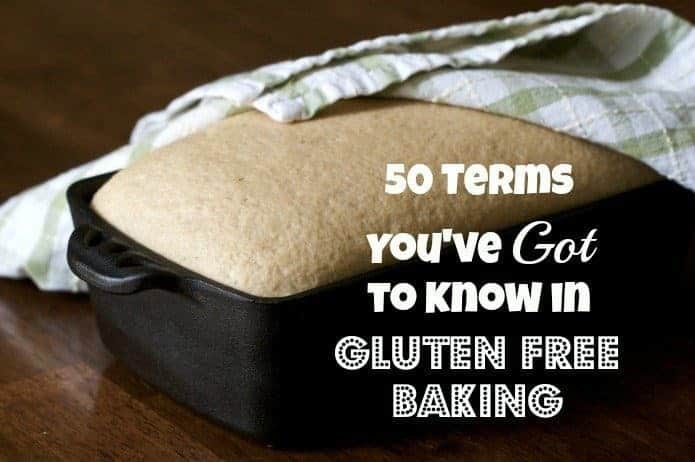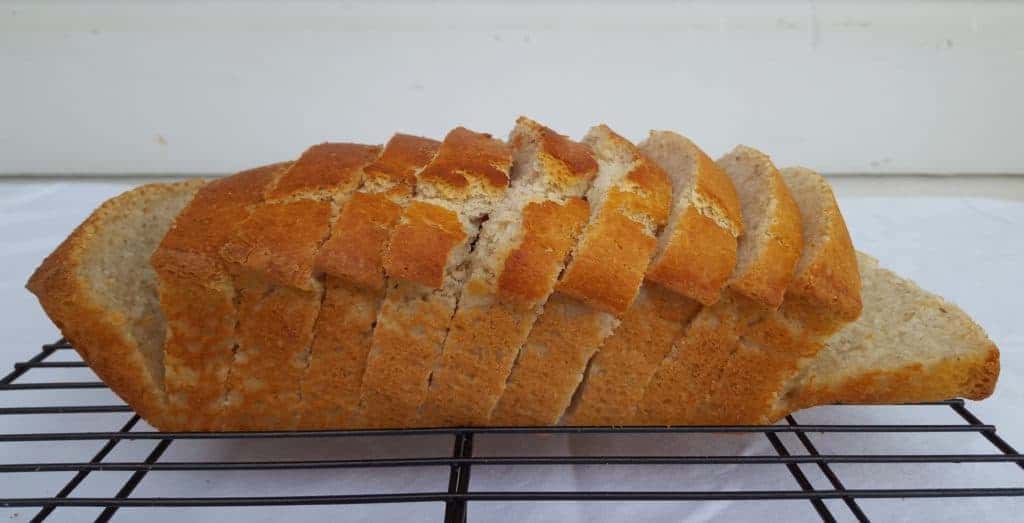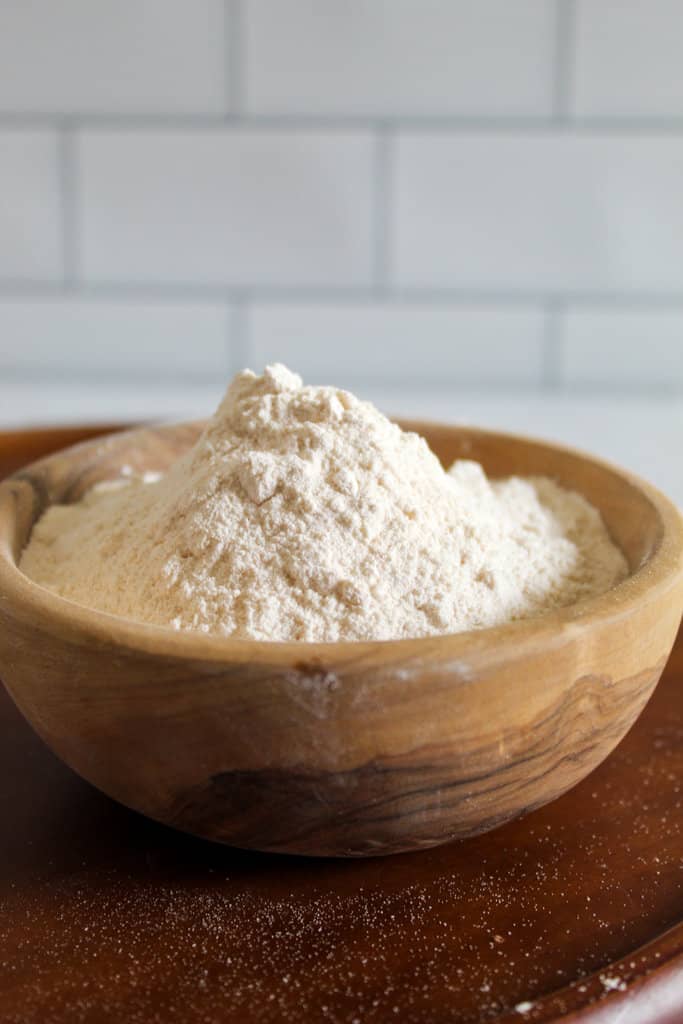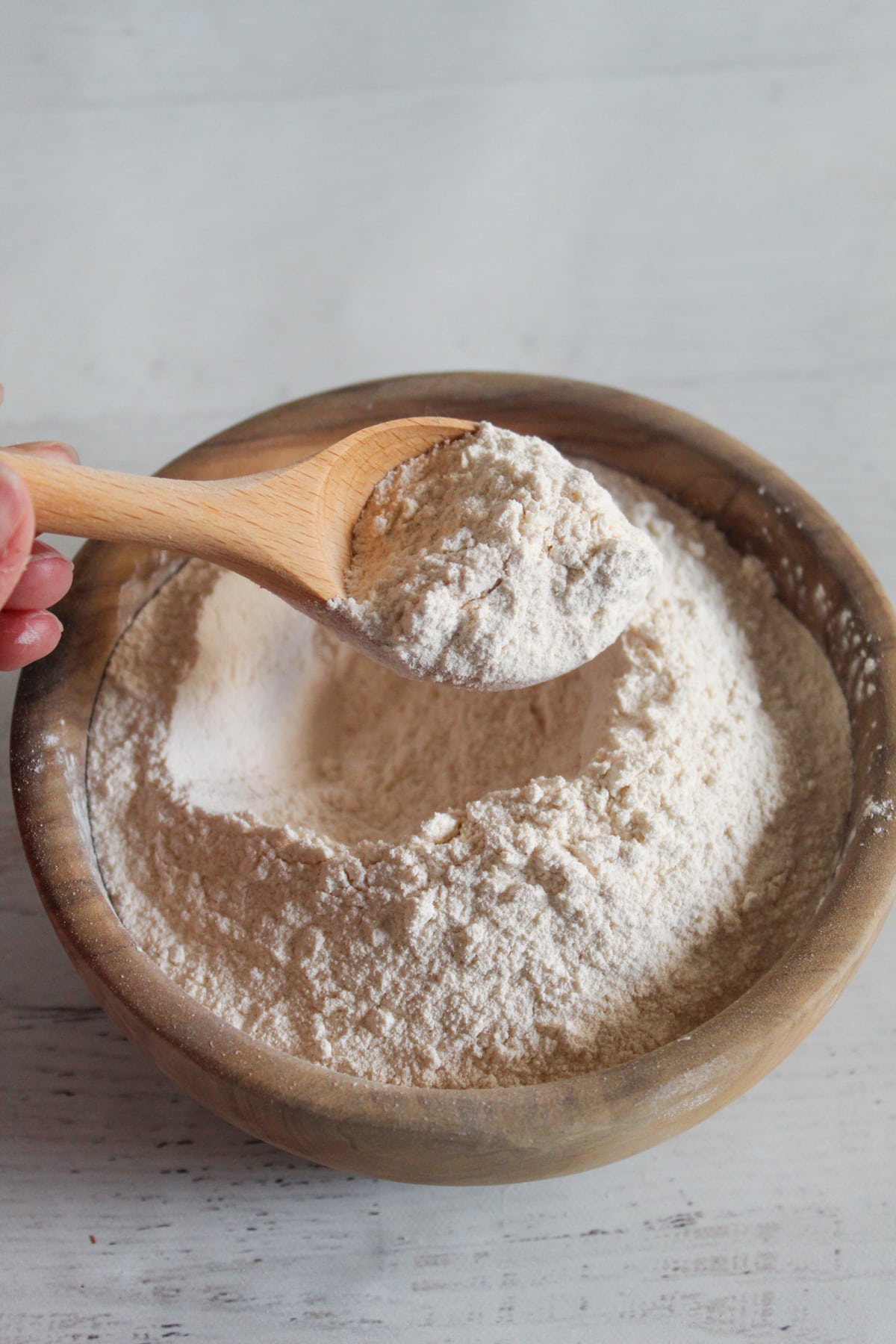How to Make Substitutions for Xanthan Gum in Baking
For the majority of people within the gluten-free baking community, xanthan gum is the holy grail of baking. It’s easily the most popular binding agent and most gluten-free recipes feature it as a crucial ingredient.
However, not everyone can tolerate xanthan gum as it appears to cause allergy-like symptoms in certain individuals. Add that to the fact that it’s highly processed, its use is being viewed as contradictory to the healthy and holistic approach that is sometimes embraced by gluten-free bakers.
Table of Contents
So it leaves us with a problem or perhaps a challenge. Are there alternatives to xanthan gum and, if so, how can you use them in your baking to perhaps avoid the negative health effects that using xanthan may bring? Here are some alternatives and how to use them to substitute for xanthan gum in recipes.
Chia Seeds
Chia seeds are an excellent binding agent and can absorb up to 12 times their own weight in water. They form a gel-like substance which improves the consistency of dough and locks in moisture when baking breads, pastries and cakes.
They can be ground, although this is not necessary for the binding effect to take place. Chia seeds are also extremely high in fiber and can have a laxative effect. They are popular replacements for xanthan gum because while they have a nutty flavor, it’s mild and tends not to interfere with the flavor of the baked goods they are added to.
Substituting xanthan for these is simple as you use a 1:1 ratio. Just use the same amount of chia (in weight) as you would xanthan and you’re all set!
Here is a recipe to see chia seeds in action:
Amazing Gluten Free White Bread Without Xanthan Gum
Psyllium Husk
Psyllium husk or psyllium fiber is a relatively new binding agent which is typically used as a xanthan gum substitute in breads. It has been scientifically proven to improve the structure of gluten-free dough and improve the texture, volume and rising of gluten free baked bread.
It is typically found as a dietary fiber supplement in most health stores and is used by athletes to lower cholesterol. A good rule of thumb for substituting psyllium husk powder for xanthan gum is to use no more than 2 teaspoons of psyllium husk powder for every 2 cups of flour/ starch.
This gluten free popover recipe uses psyllium husk and it turns out perfectly.
Konjac Powder
Also known as Glucomannan powder, Konjac powder is ground up konjac root which has been used in Asia as a dietary fiber for several hundreds of years. Like Psyllium fiber, it is used as a supplementary source of fiber as well as a thickener.
Its high fiber content lends it numerous health benefits which include the reduction of blood cholesterol and a lower bowel cancer risk. It also helps control blood sugar levels but its binding properties are most relevant for our purposes.
When used in baking, you can use the same amount of Konjac powder as you would xanthan gum (1/2 teaspoon per cup of flour for cakes and breads). For other baked goods like flatbreads or tortillas, you can increase the amount of Konjac you use to ¾ teaspoon per cup of four to get the desired consistency.
Flax Seeds
Flaxseeds are extremely popular in baking and also as a health supplement (flaxseed oil). They are a great binding agent and are easily found (because of their popularity). On top of all this, they are cheap to buy!
In their natural form, flaxseeds are large seeds and can be noticeable in your baked goods. I recommend grounding them first and then mixing with hot water. The water should be hot and then mixed with the flax to form a gel like paste known as ‘slurry’ which is then added to gluten free flour for baking breads and cakes. You’ll want to mix quickly otherwise it can form clumps.
For substitution, use the same weight of ground flax as you would xanthan gum. Then mix it in twice the amount of water (2 Tablespoons of ground flax mixed with 4 Tablespoons of hot water).
Check out this recipe for gluten free cinnamon raisin bread using flax seed meal.
Agar Agar
Agar Agar is a seaweed derivative which acts as a stabilizer, thickener and binding agent. It, like the other alternatives mentioned above, forms a gel-like paste when mixed with water. It is a popular vegan alternative to gelatin (another binding agent derived from animals) with excellent moisture retention properties.
It makes dough stretchy and elastic while making breads chewier. It’s recommended that you exercise restraint when using agar agar as it can retain so much moisture that breads and cakes end up soggy.
It’s worth noting that agar agar can be fairly pricey and a little difficult to find locally, so the internet is usually the best place to go. That said, it works a treat in baking because it has no odor, color or taste.
Agar agar is 80% fiber so it CAN have a laxative effect if too much is used. To use agar, you need to dissolve it in water first. Once it’s dissolved, you need to boil it (1-5 minutes for powder and 10-15 minutes for flakes).
So there are five great substitutes for xanthan gum that you can try out when you want a substitution to xanthan gum.
Next head over to 5 Alternatives to Xanthan gum and Guar gum in Gluten-Free Baking for more in-depth information about replacing gums in your baking. And while you’re here, sign up to the Zest For Baking email list below!



